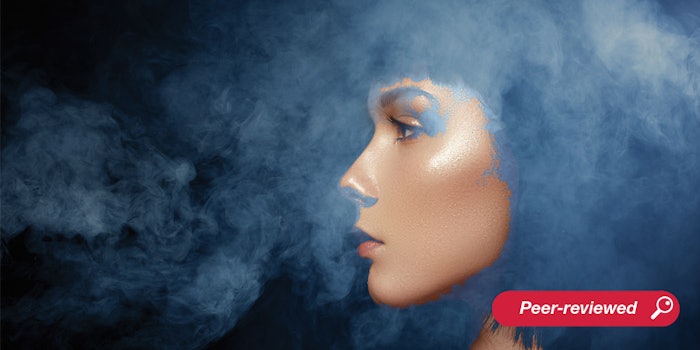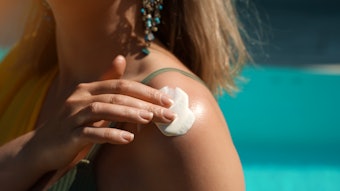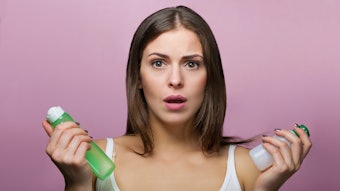
Read the full article in the November/December 2021 digital edition. . .
With the global rise in urbanization, more and more people are living in cities. However, only one in ten lives in a city that complies with the World Health Organization’s safety limits for air quality.1 Awareness of the adverse effects pollutants can have on health and in the development of cardiovascular/pulmonary disease has also increased. At the same time, in recent years, the number of studies revealing the negative impact of ambient air pollution on skin has risen noticeably. For this reason, concerns about the potentially harmful effects of pollution have moved to the center stage for many consumers.
There are many different types of pollution ranging from noise, heat and light to noxious gases, radiation and particulate matter (PM). According to their size, PM particles are categorized as ultra fine (< 2.5 μm), fine (2.5-10 μm) and coarse (> 10 μm). These particles travel freely through the air. As the natural barrier between the body and the environment, the skin is directly impacted by PM pollution and as noted, more studies indicate these pollutants negatively influence skin health by causing effects ranging from those that are purely aesthetic to alterations on a cellular level.
PM can cause damage, as can other substances that adhere to PM particles such as polyaromatic hydrocarbons and/or metals. One recent review provided evidence that acne symptoms can be aggravated in consumers who live in regions of high ambient air pollution, as it can deplete antioxidants in the skin; cause oxidative stress and oxidize sebum components such as squalene; and induce the inflammatory cascade.2
Another study has indicated that indoor exposure to PM 2.5 is associated with skin aging manifestations such as increased hyperpigmentation on the forehead and wrinkles on the upper lip.3 Additional research of the impact of air pollution on the skin identified a correlation between increased exposure to PM derived from soot and/or traffic, and an increase in facial pigment spots.4 PM has also been reported to negatively impact the skin barrier function—one of the body’s primary defenses against external aggressors.5
Four Mechanisms to Assess Anti-pollution Efficacy
Since pollution is comprised of many types of matter and energy, there is no “one-size-fits-all” method to study its effects on skin. As such, the present authors sought to develop a systematic approach utilizing a series of tests to assess cosmetic ingredients and formulations for their ability to protect skin against particulate pollutants.
The tests targeted four core mechanisms and assessed both ingredients and formulations. Mechanisms tested included: initial adhesion of pollutant particles to skin—i.e., whether test products improved anti-adhesion properties; rinse-off properties of particles from skin pretreated with test samples—i.e., improved removability; pollutant penetration (anti-penetration); and the efficacy of test products to remove pollutant particles in cleansing products—i.e., improved cleansing.
In vivo and in vitro studies were conducted to test typical cosmetic ingredients such as polymers, emollients and emulsifiers for their efficacy in these four areas. The results were then used to create formulations to help protect the skin against the adverse effects of particulate matter.
. . .Read more in the November/December 2021 digital edition. . .
References
- World Health Organization (accessed 2020, Oct 12). Air pollution. Available at https://www.who.int/health-topics/air-pollution#tab=tab_1
- Krutmann J., Moyal D., … Seité, S., et al. (2017). Pollution and acne: Is there a link? Clin Cosmet Invest Dermatol 10 199-204.
- Ding, A., Yang, Y., Zhao, Z., et al. (2017). Indoor PM2.5 exposure affects skin aging manifestation in a Chinese population. Sci Rep 7 15329.
- Vierkötter, A., Schikowski, T., … Krutmann, J., et al. (2010). Airborne particle exposure and extrinsic skin aging. J Invest Dermatol 130(12) 2719-26.
- Pan, T.L., Wang, P.W., Aljuffali, I.A., Huang, C.T., Lee, C.W. and Fang, J.Y. (2015). The impact of urban particulate pollution on skin barrier function and the subsequent drug absorption. J Dermatol Sci 78 51-60.











